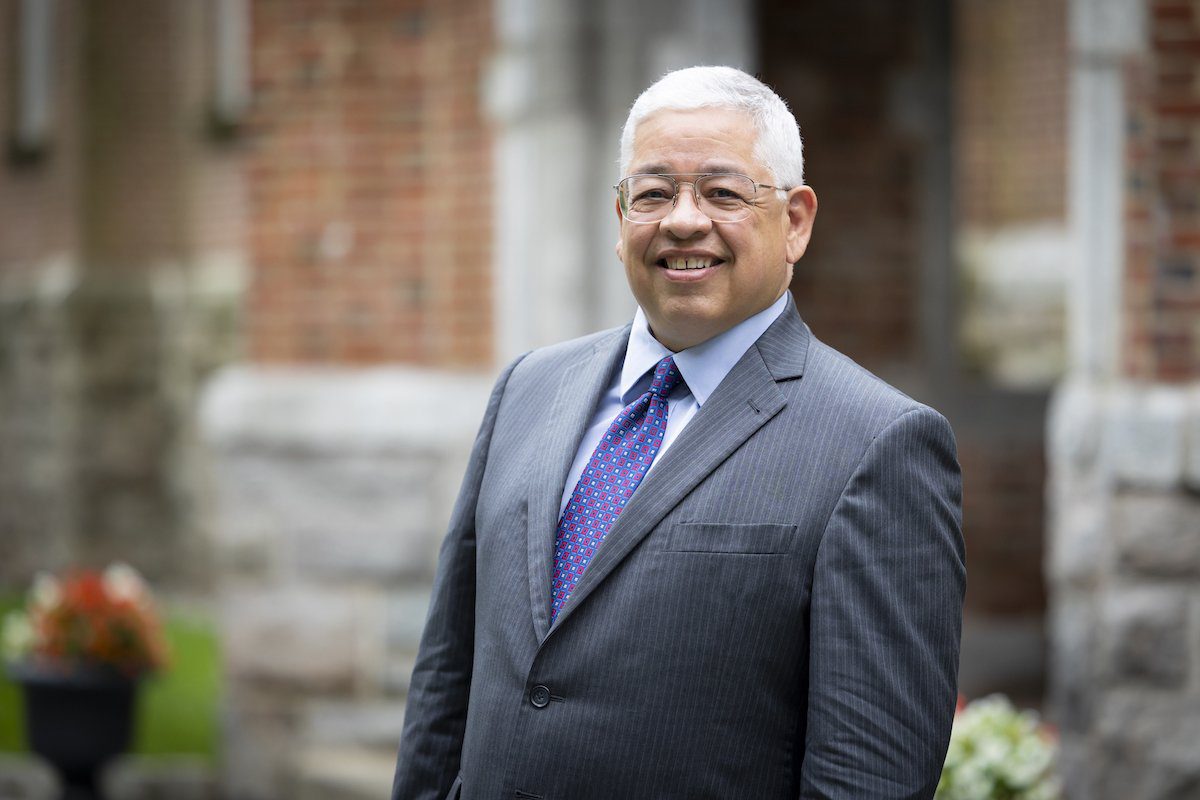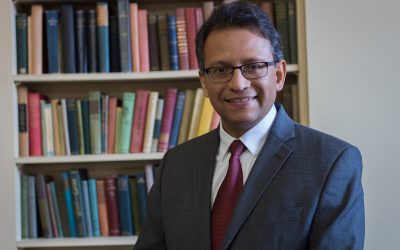National Hispanic Heritage Month is being celebrated in the United States of America September 15 through October 15. What is it? What are we actually celebrating? Why does it bridge two calendar months? Why are we using the word “Hispanic” instead of Latino, Latina, Latinx, or Latine? All very good questions.
According to the U.S. Census Bureau, there are nearly 64 million people who are identified as Hispanic, Latino/a, Latinx, which represents at least 19 percent of the population of the nation. Terms like Hispanic or Latino or Latina are collective or umbrella terms grouping a diversity of people of different origins, races, ethnicities, and languages. There is no universal agreement about which pan-ethnic term to use, which means that some people who celebrate the Month don’t like the term “Hispanic.” The goal of Hispanic Heritage Month is to invite everyone to celebrate the histories, cultures, contributions, and influence of persons and communities in the U.S. whose roots are in Latin America or Iberia, whether they themselves, parents, grandparents, or ancestors came from Mexico, the Caribbean and Central America, South America, Spain, and Portugal. Moreover, because of historical realties, persons who are Hispanic or Latinx might also be of Indigenous, African, or Asian descent. Indeed, according to the U.S. Census, most Hispanics identify themselves as being of two or more races. Over two-thirds of the Hispanic/Latino population were born in the U.S. The ancestors of the people who came to be called Hispanic impacted the lands and people that became the U.S. before there was a U.S. right up to the present.
What became National Hispanic Heritage Month started in 1968 when President Lyndon B. Johnson proclaimed Hispanic Heritage Week. In 1988, this was expanded under President Ronald Reagan to a 30-day period starting on September 15 and ending on October 15. September 15 is significant for several Latin American countries as it marks their independence days, specifically Costa Rica, El Salvador, Guatemala, Honduras and Nicaragua. Mexico celebrates independence days on September 16, while Chile does so on September 18, and Belize on September 21. Adding to the complexity of what is being observed is October 12 known by many in the U.S. as Columbus Day, but also commemorated as Día de la Raza, noting the presence, heritages, and contributions of the Indigenous peoples of what the Europeans call the Americas.



